一、概述
1.1 含义
过滤器是Web三大组件之一,也是项目中常用的工具。过滤器由Servlet提供,基于函数回调实现链式对网络请求和响应的拦截与修改。由于基于Servlet,几乎可以拦截Web服务器管理的所有资源(JSP、图片文件、HTML文件、CSS文件等)。
定义过滤器需要实现javax.servlet.Filter接口。过滤器不是Servlet,无法直接生成对客户端的响应,只能拦截已有请求并预处理不需要或不一致的信息资源。
1.2 流程原理
在Web应用中,可以开发编写多个过滤器,这些过滤器组合称为过滤器链。用户发起请求后,请求信息会按过滤器链中过滤器的顺序依次进入每个过滤器。经过每层过滤器时,需通过过滤器的校验逻辑并放行才能进入下一层过滤器,直至服务器获取资源。服务器成功获取资源并响应过滤器后,会按反向顺序经过层层过滤器,最终响应用户。

1.3 分类
Servlet 2.5:
- REQUEST: 用户直接访问页面时,
WEB容器会调用过滤器链。 - FORWARD: 通过
RequestDispatcher的forward访问目标资源时调用此过滤器。 - INCLUDE: 通过
RequestDispatcher的include方法调用目标资源时调用。 - ERROR: 通过声明式异常处理机制调用目标资源时调用过滤器链。
Servlet 3.0:
- ASYNC: 支持异步处理。
二、定义过滤器
| 返回值类型 | 方法声明 | 描述 |
|---|---|---|
| void | doFilter(ServletRequest request, ServletResponse response, FilterChain chain) | 实现实际过滤操作。当客户端请求方法与过滤器设置的URL匹配时,Servlet容器会先调用过滤器的doFilter方法。FilterChain用于访问后续过滤器。 |
| void | init(FilterConfig filterConfig) | Web应用启动时,Web服务器创建过滤器实例对象并调用其init方法完成对象初始化(过滤器对象仅创建一次,init方法仅执行一次)。开发者可通过init方法参数执行读取配置文件等初始化操作。 |
| void | destroy() | Servlet容器销毁过滤器实例前调用此方法。用于释放过滤器占用的资源。 |
- request: 代表客户端的请求对象。
- response: 代表服务器向客户端发送的响应对象。
- chain: 用于调用下一个
Filter或目标Servlet的FilterChain对象。
三、使用过滤器
3.1 注解方式
创建步骤:
-
实现
Filter接口,添加@WebFilter和@Order注解配置过滤器:@Order(1) @WebFilter(filterName = "myFilter", urlPatterns = {"*"}) public class MyCustomFilter1 implements Filter { @Override public void init(FilterConfig filterConfig) throws ServletException {} @Override public void doFilter(ServletRequest servletRequest, ServletResponse servletResponse, FilterChain filterChain) { //TODO... } @Override public void destroy() {} } -
在启动类添加
@ServletComponentScan注解:@SpringBootApplication @ServletComponentScan public class Application { public static void main(String[] args) { SpringApplication.run(Application.class, args); } }
3.2 注册Bean方式
- 创建实现
Filter接口的过滤器类:public class MyCustomFilter2 implements Filter { @Override public void init(FilterConfig filterConfig) throws ServletException { } @Override public void doFilter(ServletRequest servletRequest, ServletResponse servletResponse, FilterChain filterChain) { //TODO... } @Override public void destroy() { } } - 创建过滤器配置类,注册过滤器:
@Configuration public class FilterConfig { @Bean public FilterRegistrationBean customFilter(){ FilterRegistrationBean<MyCustomFilter2> filterBean = new FilterRegistrationBean<>(); filterBean.setFilter(new MyCustomFilter2()); filterBean.setName("myFilter"); filterBean.addUrlPatterns("/*"); return filterBean; } }
四、注解方式
4.1 参数说明
@WebFilter可配置多个参数,部分参数说明如下:
| 参数名称 | 参数类型 | 参数描述 |
|---|---|---|
| description | String | 设置过滤器的描述信息 |
| displayName | String | 要显示的过滤器名称 |
| initParams | WebInitParam[] | 你可以在初始化时配置一些参数 |
| filterName | String | 过滤器的名称 |
| servletNames | String[] | 设置要过滤的Servlets |
| value | String[] | urlPatterns属性与urlPatterns属性的作用相同,两者都指定要拦截的路径 |
| urlPatterns | String[] | 指定要拦截的路径 |
| dispatcherTypes | DispatcherType[] | 设置过滤器过滤的请求类型。 支持以下属性:REQUEST(默认情况下,它过滤所有类型的请求), ASYNC, ERROR, FORWARD, INCLUDE |
| asyncSupported | boolean | 设置过滤器是否支持异步模式 |
4.2 使用示例
(1) 创建Controller类
@RestController
public class TestController {
@GetMapping("/a/hello")
public String hello1() {
return "hello world! a";
}
@GetMapping("/b/hello")
public String hello2() {
return "hello world! b";
}
@GetMapping("/c/hello")
public String hello3() {
return "hello world! c";
}
}
(2) 创建过滤器类
@Order(1)
@WebFilter(filterName = "myFilter", urlPatterns = {"/a/*", "/b/*"}, description = "自定义过滤器")
public class MyCustomFilter2 implements Filter {
@Override
public void init(FilterConfig filterConfig) {
System.out.println("过滤器初始化");
}
@Override
public void doFilter(ServletRequest request, ServletResponse response, FilterChain chain)
throws IOException, ServletException {
System.out.println("请求处理前...");
chain.doFilter(request, response); // 放行请求
System.out.println("请求处理后...");
}
@Override
public void destroy() {
System.err.println("过滤器销毁");
}
}
(3) 创建启动类
@SpringBootApplication
@ServletComponentScan
public class Application {
public static void main(String[] args) {
SpringApplication.run(Application.class, args);
}
}
五、注册Bean方式
5.1 方法参数说明
| 方法名称 | 方法描述 |
|---|---|
| setName() | 设置过滤器的名称。 |
| setFilter() | 设置要注册的过滤器。 |
| setOrder() | 设置过滤器的顺序位置。 |
| setAsyncSupported() | 设置过滤器是否支持异步模式。 |
| addUrlPatterns() | 添加拦截的路径。 |
| setUrlPatterns() | 设置拦截的路径。 |
| addServletNames() | 添加过滤器的servlet名称。 |
| setServletNames() | 设置注册过滤器的servlet名称。 |
| setInitParameters() | 设置初始化参数。 |
| addInitParameter() | 添加初始化参数。 |
| setMatchAfter() | 设置是否在Servlet上下文中声明的任何过滤器映射之后匹配过滤器映射。 |
| setDispatcherTypes() | 设置过滤器过滤的请求类型。 支持的属性如下:REQUEST(默认情况下,它过滤所有类型的请求), ASYNC, ERROR, FORWARD, INCLUDE。 |
5.2 使用示例
(1) 创建Controller类
@RestController
public class TestController {
@GetMapping("/a/hello")
public String hello1(){
return"hello world! a";
}
@GetMapping("/b/hello")
public String hello2(){
return"hello world! b";
}
@GetMapping("/c/hello")
public String hello3(){
return"hello world! c";
}
}
(2) 创建过滤器类
public class MyCustomFilter1 implements Filter {
@Override
public void init(FilterConfig filterConfig) {
System.out.println("过滤器初始化");
}
@Override
public void doFilter(ServletRequest request, ServletResponse response, FilterChain chain)
throws IOException, ServletException {
System.out.println("请求处理前...");
chain.doFilter(request, response); // 放行请求
System.out.println("请求处理后...");
}
@Override
public void destroy() {
System.err.println("过滤器销毁");
}
}
(3) 创建过滤器配置类
@Configuration
public class FilterConfig {
@Bean
public FilterRegistrationBean customFilter() {
FilterRegistrationBean<MyCustomFilter1> filterBean = new FilterRegistrationBean<>();
filterBean.setFilter(new MyCustomFilter1());
filterBean.setName("FilterController");
filterBean.addUrlPatterns("/c/*", "/b/*");
return filterBean;
}
}
(4) 创建启动类
@SpringBootApplication
@ServletComponentScan
public class Application {
public static void main(String[] args) {
SpringApplication.run(Application.class, args);
}
}
六、使用场景
- 日志记录
过滤器可记录请求和响应的关键信息,便于排查问题和分析系统运行状态。例如记录请求URL、参数、响应状态码等。 - 数据统计
用于采集各类数据指标,如统计请求次数、响应时间分布等,为系统优化提供依据。 - 数据格式转换
不同系统交互时,过滤器可转换数据格式,例如将JSON转为XML。 - 为数据设置默认值
检查输入数据,为缺失字段设置默认值,保证数据完整性。 - 权限认证、黑白名单
实现用户权限认证和访问控制,限制特定IP或用户的访问。 - 数据加解密、签名验证
对敏感数据加解密以保证安全,同时进行签名验证确保数据完整性。
来源链接:https://www.cnblogs.com/ciel717/p/18865719
© 版权声明
本站所有资源来自于网络,仅供学习与参考,请勿用于商业用途,否则产生的一切后果将由您(转载者)自己承担!
如有侵犯您的版权,请及时联系3500663466#qq.com(#换@),我们将第一时间删除本站数据。
如有侵犯您的版权,请及时联系3500663466#qq.com(#换@),我们将第一时间删除本站数据。
THE END




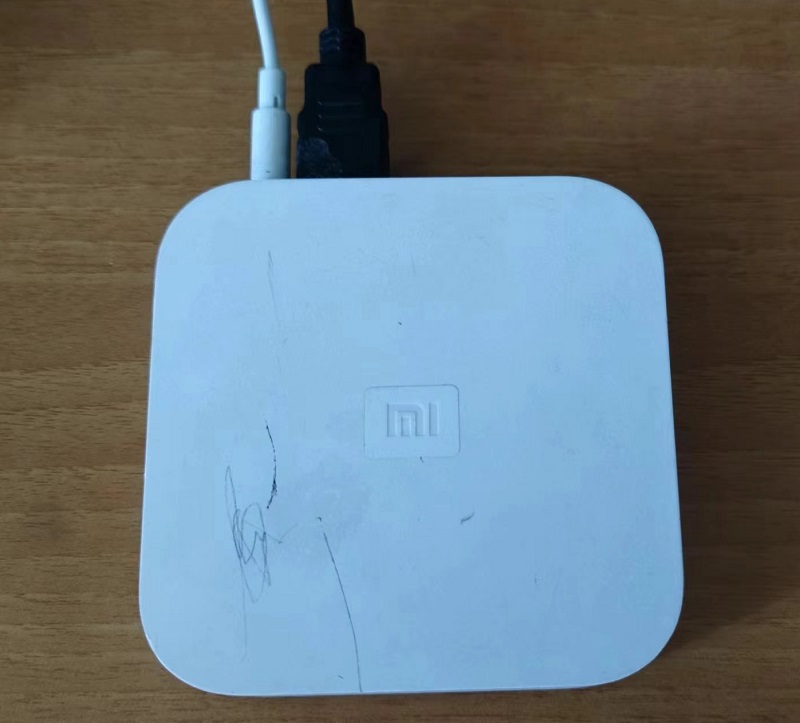
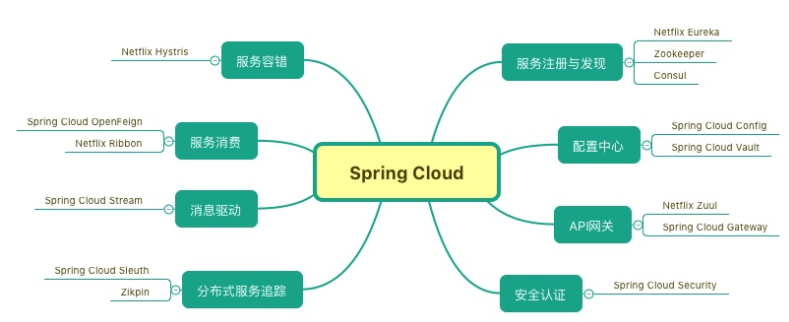


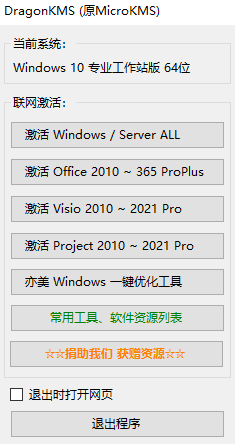
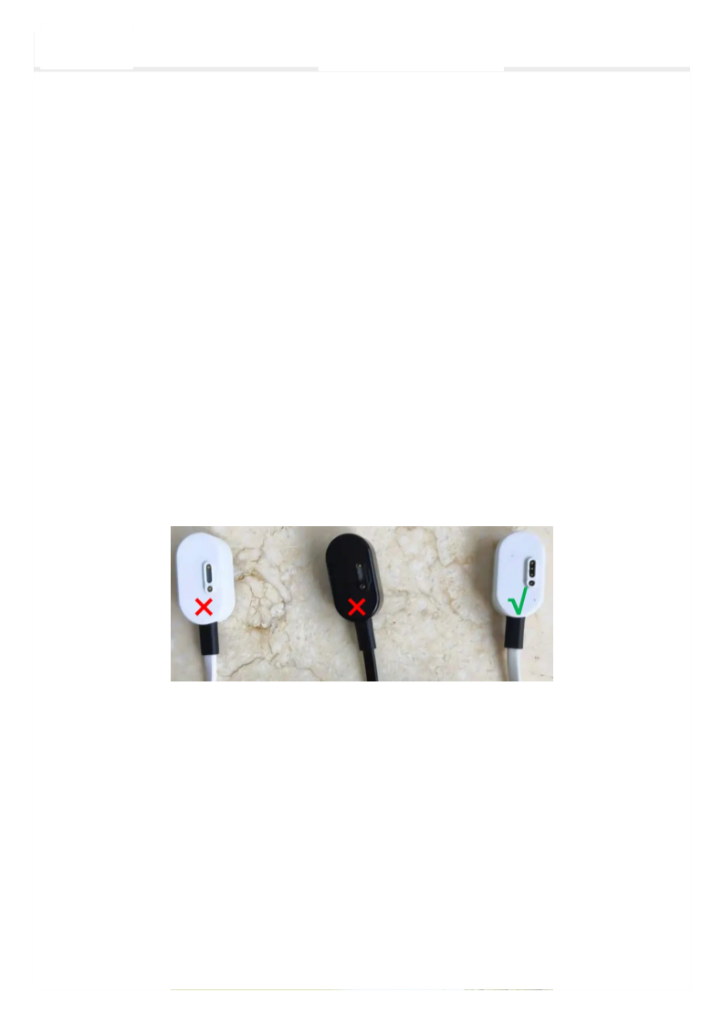

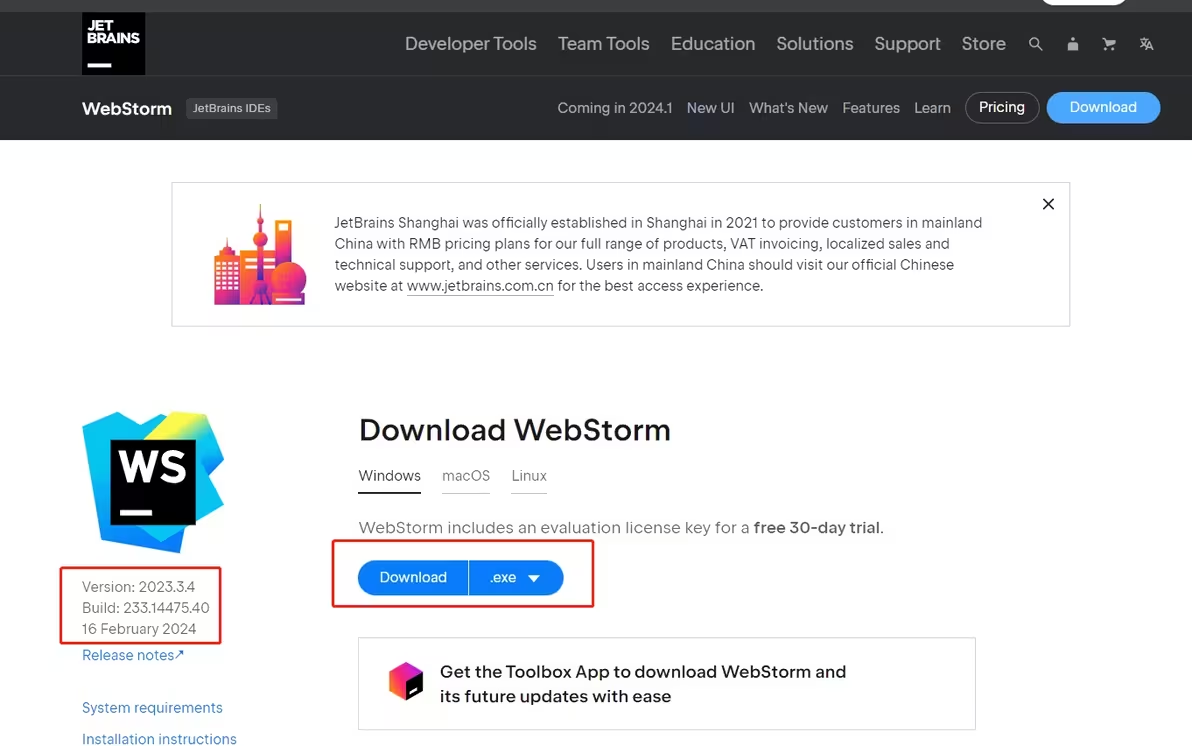

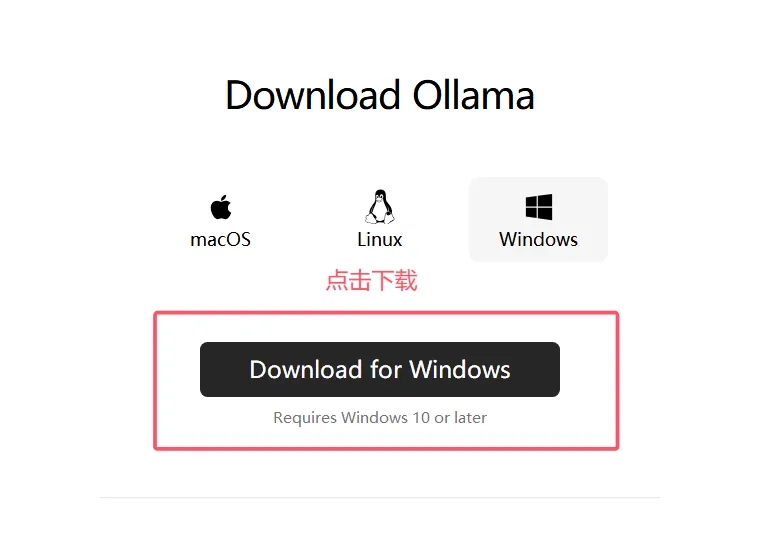




暂无评论内容